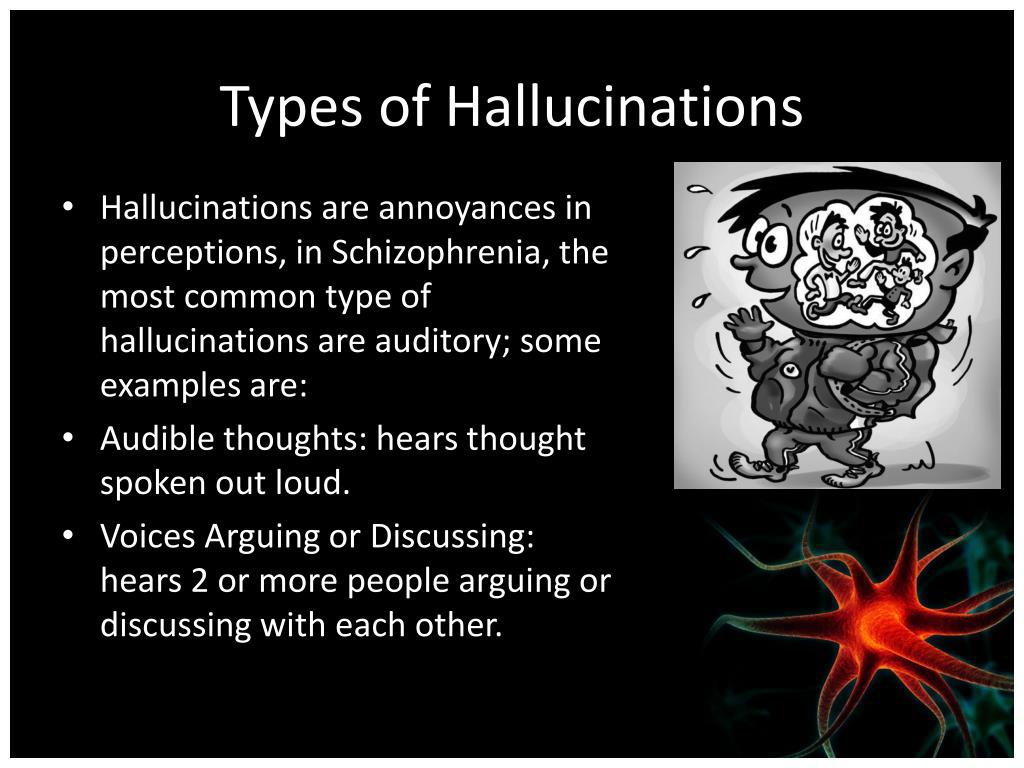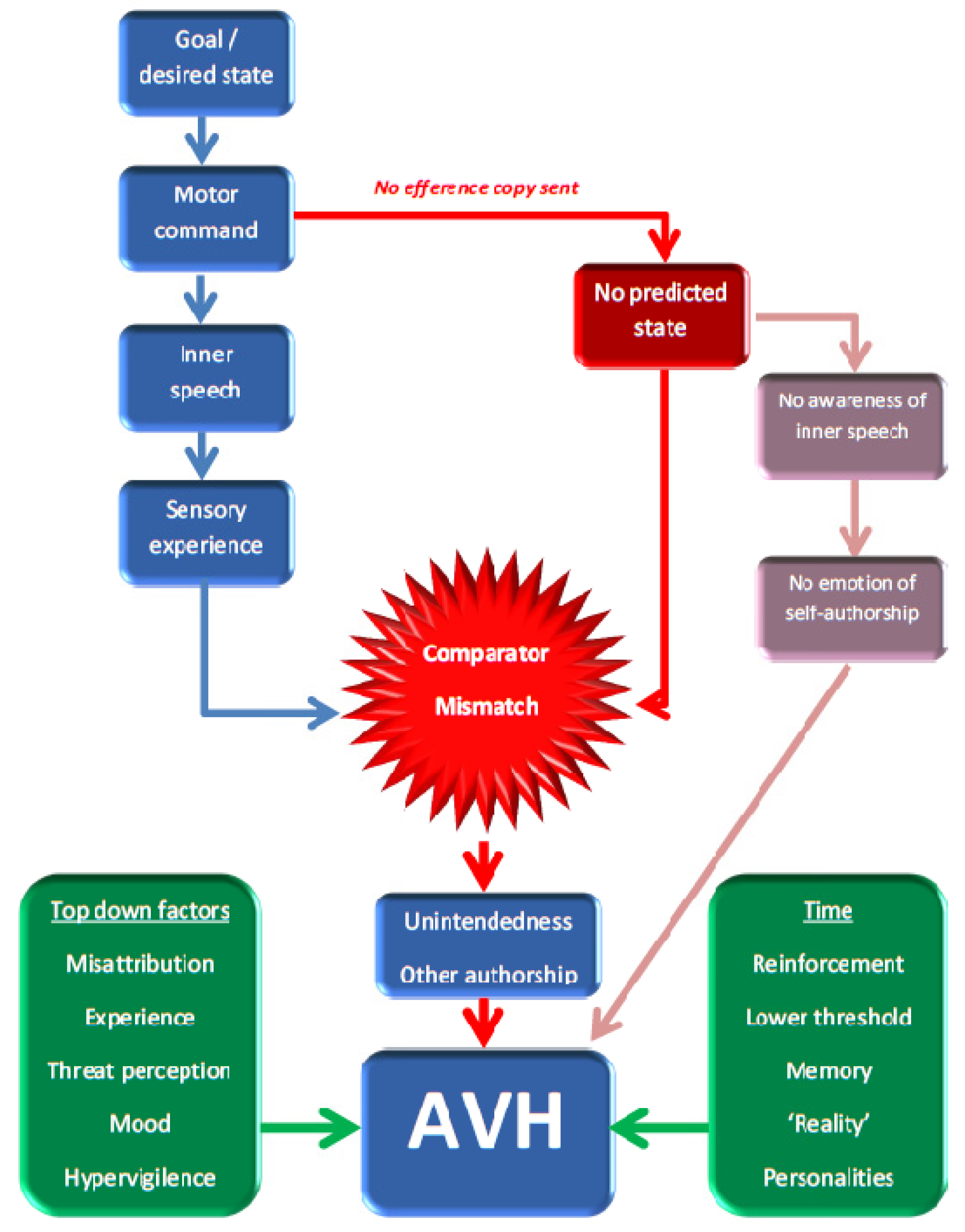

In schizophrenia voices are normally perceived coming from outside the person but in dissociative disorders they are perceived as originating from within the person, commenting in their head instead of behind their back. A hallucination of a single individual person of one or more talking voices is particularly associated with psychotic disorders such as schizophrenia, and hold special significance in diagnosing these conditions. Because the auditory stimulus is present in this situation, it does not qualify it as a hallucination.Ĭomplex hallucinations are those of voices, music, or other sounds that may or may not be clear, may or may not be familiar, and may be friendly, aggressive, or among other possibilities.

However, some people who experience certain types of tinnitus, especially pulsatile tinnitus, are actually hearing the blood rushing through vessels near the ear. In many cases, tinnitus is an elementary auditory hallucination. Elementary hallucinations are the perception of sounds such as hissing, whistling, an extended tone, and more. These hallucinations are the most common type of hallucination, with auditory verbal hallucinations being more common than nonverbal. Auditory hallucinations can be divided into elementary and complex, along with verbal and nonverbal. Īuditory hallucinations (also known as paracusia) are the perception of sound without outside stimulus. For Browne, hallucination means a sort of vision that is "depraved and receive its objects erroneously". The word "hallucination" itself was introduced into the English language by the 17th-century physician Sir Thomas Browne in 1646 from the derivation of the Latin word alucinari meaning to wander in the mind. Hallucinations can be associated with drug use (particularly deliriants), sleep deprivation, psychosis, neurological disorders, and delirium tremens.

Hypnagogic hallucinations can occur as one is falling asleep and hypnopompic hallucinations occur when one is waking up. Hypnagogic hallucinations and hypnopompic hallucinations are considered normal phenomena. Frequently, auditory hallucinations and their visual counterpart are experienced by the subject together. This can produce a feeling of being looked or stared at, usually with malicious intent. Like auditory hallucinations, the source of the visual counterpart can also be behind the subject. 55% of auditory hallucinations are malicious in content, for example, people talking about the subject, not speaking to them directly. They may be benevolent (telling the subject good things about themselves) or malicious, cursing the subject. Auditory hallucinations are very common in schizophrenia. These may be things like seeing movement in peripheral vision, or hearing faint noises or voices. Ī mild form of hallucination is known as a disturbance, and can occur in most of the senses above. Hallucinations are referred to as multimodal if multiple sensory modalities occur. Hallucinations can occur in any sensory modality- visual, auditory, olfactory, gustatory, tactile, proprioceptive, equilibrioceptive, nociceptive, thermoceptive and chronoceptive. Many hallucinations happen also during sleep paralysis. Hallucinations also differ from " delusional perceptions", in which a correctly sensed and interpreted stimulus (i.e., a real perception) is given some additional significance. They are distinguishable from several related phenomena, such as dreaming ( REM sleep), which does not involve wakefulness pseudohallucination, which does not mimic real perception, and is accurately perceived as unreal illusion, which involves distorted or misinterpreted real perception and mental imagery, which does not mimic real perception, and is under voluntary control. Hallucination is a combination of two conscious states of brain wakefulness and REM sleep. Hallucinations are vivid, substantial, and are perceived to be located in external objective space. (Mostly caused by Auditory Hallucinations commanding the affected person to act out actions that are harmful to oneself or others).Ī hallucination is a perception in the absence of an external stimulus that has the qualities of a real perception. Schizophrenic Hallucinations may be lifelong in the absence of treatment… In people with Brief Psychotic Disorder, it lasts for less than one month. Visual, Auditory, Gustatory, Olfactory, and Tactile Hallucinations. My eyes at the moment of the apparitions by August Natterer, a German artist who created many drawings of his hallucinations


 0 kommentar(er)
0 kommentar(er)
